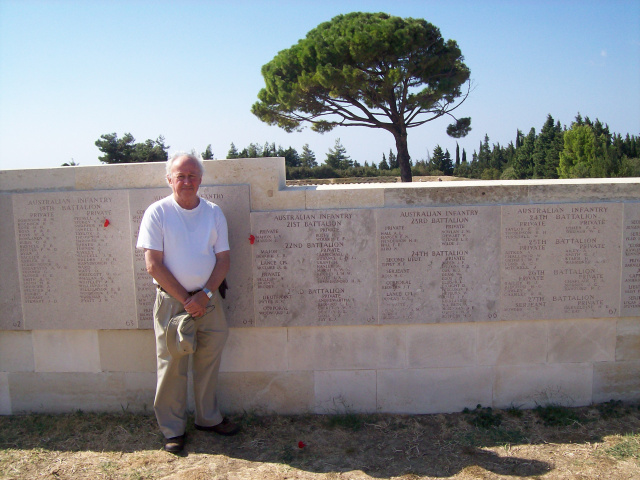Soldier Boy, The true story of Jim Martin the youngest Anzac, by Anthony Hill, with photographs. Published by Penguin Books, Melbourne, 2001, 174 pages. Winner NSW Premier's Award (Ethel Turner Prize), Honour Book Children's Book Council of Australia.
Soldier Boy updated – see Winter 2023 Newsletter
Soldier Boy is Anthony Hill's most popular book. It has sold over 100,000 copies
Buy Author signed book $20
Buy Soldier Boy e-Book for your favourite device
ABC Nightlife Soldier Boy interview, April 2021. Anthony Hill with Philip Clark
Writing Soldier Boy
Chapter Notes
Teaching Notes
References
Bulletproof! 100 Years of War, Anzac and Children's Books
War Memorial
National Archives
Centenary of Anzac Day
A model of historical writing ... A significant contribution to the nation's culture. NSW Premier's Award
In the late afternoon of 25 October 1915, a young Australian soldier – Private James Martin, aged only eighteen so his papers said – lay desperately ill with typhoid aboard a hospital ship , anchored of Anzac Cove, Gallipoli. He was wracked with fever and his thirst was terrible. 'Water...' Jim Martin pleaded through swollen lips. 'Please... more water....' But his voice was as weak as he was, and at first nobody heard him.
So begins Soldier Boy, Anthony Hill's celebrated biography of Jim Martin, who told the great lie and went to war. Whatever his papers said, Jim was in fact only 14 years and nine months when he died on the hospital ship – so far as we know the youngest Anzac, and almost certainly the youngest Australian soldier to die.
Published by Penguin Books in 2001, Soldier Boy has been reprinted 17 times and sold over 80,000 copies. Within a month of its publication, Jim had entered the gallery of Australian military heroes. His story is regularly told to visitors at the Australian War Memorial > Collections > Jim Martin > First World War in Canberra. Soldier Boy is widely studied in schools, and is read as a novel which moves people of all ages.

Author and subject: Anthony Hill by the commemorative stone bearing Jim Martin's name at Lone Pine, Gallipoli, 2012.
|